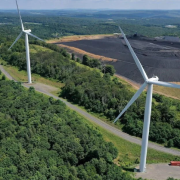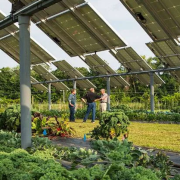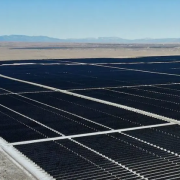The U.S. Department of Energy has announced the availability of $450 million through the 2021 Bipartisan Infrastructure Law (BIL) for clean energy projects — like solar farms — on current and former mining sites, a White House press release said.
There are about 17,750 mine land sites in the U.S. covering 1.5 million acres. These sites contaminate land, water and air quality, as well as expose local communities to toxic pollutants.
The repurposing of the sites for renewable energy projects would generate up to an estimated 90 gigawatts of green energy — enough power for almost 30 million homes.
Click here to read the full article
Source: Eco Watch
—
If you have any questions or thoughts about the topic, feel free to contact us here or leave a comment below.




